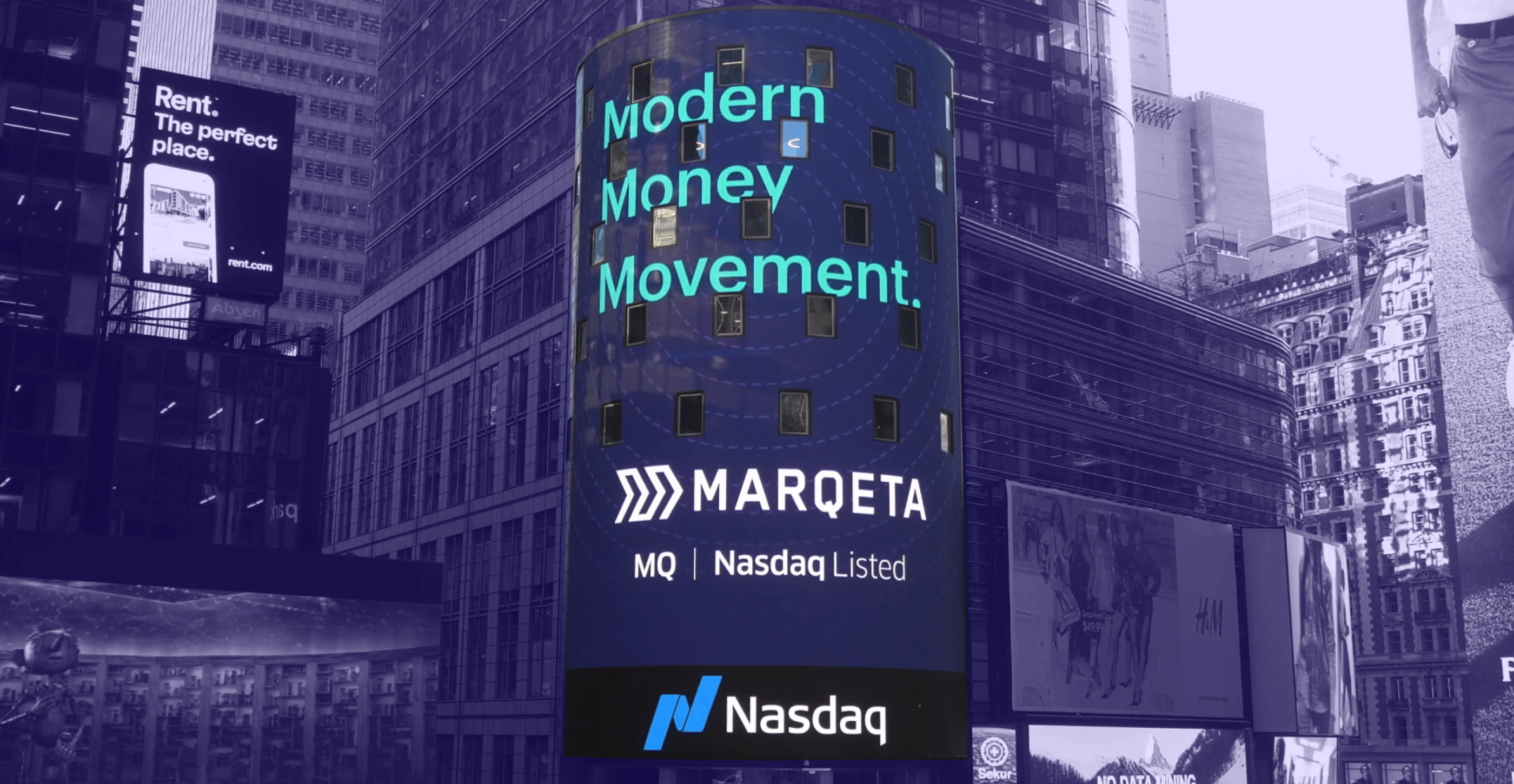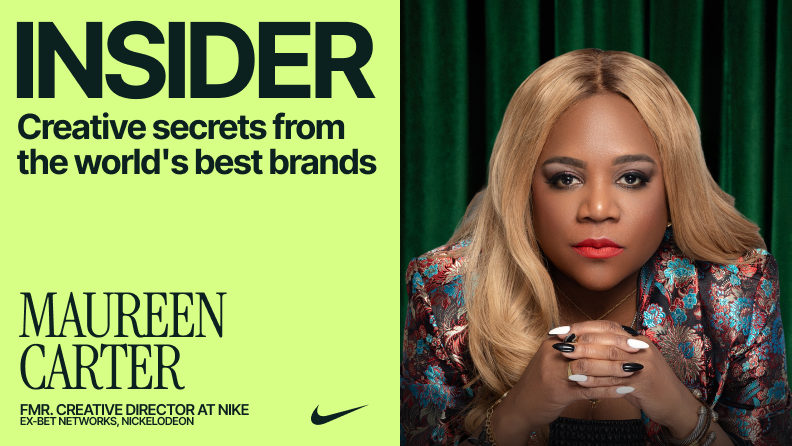Marketing and the Metaverse: What You Need to Know

Marketing has been around for centuries. The metaverse? Not so much. So you’re forgiven if you consider yourself a little thin on knowledge when it comes to the inner workings and pros and cons of the metaverse. In this guide, we’ll cover everything you need to know about the metaverse, the marketing opportunities available to you, what your design requirements might be, and the possibilities of the future.
Let's Go!
The Good, the Bad, and the Ugly of the Metaverse
Why Marketing in the Metaverse Will Only Grow
AR, VR, and Defining the Term “Gaming”
5 Ways to Market in the Metaverse
Make the Most of Metaverse Marketing
The Metaverse Explained
The easiest way to think of the metaverse is as an online universe. Instead of being on the internet, you’re in the internet. It’s important to distinguish that there is not one singular metaverse, but a multitude, each pertaining to a particular game or platform.
Is the Metaverse Linked to Virtual Reality?
Yes, but not exclusively. Console games like Fortnite, Minecraft, and World of Warcraft would classify as part of the metaverse as they involve real people interacting with each other in real-time using personalized, identifiable avatars. VR (virtual reality) and AR (augmented reality) are the most immersive ways to experience the metaverse as they blend real life with an alternate reality. Pokemon Go is an excellent example of this, the game seeing worldwide uptake virtually immediately upon release.
Back in 2020 (which you could read as “Way back in 2020”, given the subject matter), venture capitalist Matthew Ball described the key characteristics of a metaverse as:
- Always on
- Existing in real time
- Spanning multiple platforms
- Self-contained with a fully functioning economy (this can, and often does, include crypto as in-game currency)
- Can host virtual identities able to be personalized, interact with others or in-game elements, perform transactions, and have the ability to create and share user-generated content
The Good, the Bad, and the Ugly of the Metaverse
It may be unsurprising that feelings towards the metaverse are divided. There are concerns about the social and mental effects these platforms may have, similar to the existing concerns around social networking. These are valid worries - but it’s important to look at this as a sort of Schrödinger's cat scenario: until we lift the lid, the metaverse can exist in both negative and positive states.
And the lid is being lifted. Although the metaverse as a concept and experience is still new, the rapid progression of VR and the boundaries of technology are quickly building the framework for what it will one day look like.
If the downside carries weight, the upside certainly does too. An expanding metaverse will further increase efforts for global internet coverage. The user experience for a number of things will be vastly improved (grocery or clothes shopping, for example, can happen in the metaverse with the corresponding real-world items being delivered to your door).
Job creation will be realized and redefined, with those metaverse games that trade in cryptocurrency allowing their players to convert that to real-world currency.
Why Marketing in the Metaverse Will Only Grow
In short, marketing in the metaverse will thrive because the medium itself is only going to grow. In 2021, Meta (RIP Facebook) invested $10 billion in the metaverse, and they’re by no means the only tech company heavily investing their resources. For brands, this means recognizing the potential and getting in on the ground floor - not dissimilar to what brand marketing looked like on TikTok.
Brands that adopt a wait-and-see approach do so at their peril. Metaverse marketing already provides tremendous reach along with a growing audience. And with real-world advertising bombarding consumers on a near-constant basis, those that can create something unique and memorable in this new medium are the ones that will stand out.
AR, VR, and Defining the Term “Gaming”
With wide consumer access to headsets like Oculus and Meta Quest, augmented reality (AR) and virtual reality (VR) are becoming more mainstream. But the gaming community, gargantuan though it might be, is not the only audience to which the metaverse is limited.
Source: Pokemon Go Live
Non-gaming metaverses are becoming increasingly more common. Even though Zoom went from 10 million users pre-pandemic to 200 million users in March 2020, when people stayed home from work and school, non-gaming metaverses suitable for online teaching surpassed the limitations of Zoom classes and Zoom homework
Roblox cleverly jumped on this trend and invested $10 million to “find and reward developers and organizations who can figure out how to really lean into our great physics, strong immersive 3-D capabilities, and multiplayer experiences to teach in a deeper way”.
This shows the power and potential of an online community and makes a strong case for the uptake of non-gaming metaverses.
5 Ways to Market in the Metaverse
The metaverse is overflowing with marketing opportunities. It’s a new space and a blank canvas, providing you with plenty of potential for experimentation and quick wins. Here are five effective strategies you can use to market in the metaverse, but don’t be afraid to think out of the box and innovate: Millennials and Gen Zers have serious advertising fatigue. If you can find a new and innovative way to promote your product, go for it.
1. Engage with Existing Communities
Position your brand favorably by actively engaging with communities in the metaverse as opposed to simply plastering content on every available surface. A good way to do this is by partnering with in-platform creators. Think of this as the glorified version of influencer marketing. Examples might include sponsoring an online event or offering exclusive avatar merchandise in partnership with established creators.
2. Recreate Real-Life Successes
Scrutinize your already successful campaigns to see if they can be paralleled in the metaverse. Again, don’t turn a real-life billboard into a digital billboard. Make sure the campaign in question can both translate and appeal to the metaverse.
An excellent example is what burger chain Wendy’s did in Fortnite. Realizing that Fortnite included freezers in their kitchens, Wendy’s leveraged their entrenched “fresh not frozen” stance and created a Wendy’s avatar for the sole purpose of destroying these in-game freezers. They streamed their gameplay to their existing audience, and it blew up. Soon, other streamers began to reference it and every major media outlet was talking about their success.
3. Design Immersive Experiences
The metaverse is not bound by the same limitations as the real world. Using the promotion of your brand as the objective, put yourself in the consumers’ shoes and explore the innovative and imaginative ways you can design metaverse-specific experiences. Clothing brands have a natural industry advantage. Avatar clothing creates opportunities for users to display brand loyalty, while the 3-dimensional element of metaverses can (and will continue to) showcase clothing much better than flat images.
4. Consider Collectibles and NFTs
Ownership and collectibles are a big part of the metaverse. Digital assets known as NFTs (non-fungible tokens) ensure ownership is unchangeable unless that item is sold. In other words, what is yours in the metaverse is yours, and not simply something to which you have access. Collectibles and NFTs can be marketed as a reward incentive or bundled with physical items.
Source: Ledger Insights
5. As Soon as You Understand, Experiment!
Because the metaverse is still evolving, there is still no playbook of best practices. Be open to experimenting with the ideas you feel have potential - build on your successes and learn from those efforts which were not so successful. After all, the next viral campaign has to come from somewhere, so why not make it yours?
Metaverse Marketing Examples
These examples highlight why brands should be paying attention to the metaverse, as well as the different forms that metaverse marketing can take:
1. Travis Scott and Fortnite
Rapper Travis Scott, in avatar form, gave an 8-minute performance on Fortnite. Over 12 million players experienced the event live - compared to a regular concert crowd of about 50,000. Through the sale of in-game Travis Scott avatar merchandise, the effect the performance had on sales was massive, earning the rapper a reported $20 million.
How does this actually work, you ask? Players were given a date, time, and location point within the game. Because Fortnite exists in an always-on, real-time state, those in-game players congregated at the correct location: all 12.3 million of them.
Source: Epic Games
2. Nike Acquires RTFKT
In late 2021, shoe giant Nike acquired in-game collectible design company RTFKT (pronounced ‘artifact’). The purchase made Nike’s intentions clear to expand into the metaverse. In early 2022, Nike began their foray into the world of virtual fashion with a range of digital sneakers called Nike Cryptokicks.
Source: LatestGameStories
3. The Arrival of Adidas, Louis Vuitton, Gucci & Burberry
Direct-to-avatar sales is a $54 billion market. In recent times, the big players are starting to come to the table, bringing even more influence and attention to these digital marketplaces.
So how did these brands break into the metaverse markets?
- Adidas created and sold “Into the Metaverse” NFTs.
- Louis Vuitton built an NFT game, creatively named “Louis: The Game” which amassed 2 million downloads.
- Gucci and Burberry sold avatar merchandise on Roblox, one of the biggest metaverse communities to date. Gucci later opened the Gucci Garden on the platform, mimicking their real-life garden in Italy.
The Future of the Metaverse:
The Challenges
The metaverse is gaining popularity, but it needs further traction to really capture the mass market. This will be achieved through two things:
- Metaverse awareness: Because metaverses have significant ties to gaming and VR, many people envision them as something for children or video gamers. However, this won’t always be the case. Increased awareness of metaverse capabilities will drive uptake, but it remains to be seen how and what that awareness drive may look like.
- Development of and accessibility to technology: VR headsets, while functional, have not reached their optimal design yet: not by a long shot. When they eventually do, pricing and availability need to be in line with what most individuals can afford.
Data privacy presents another challenge. New technology requires stringent security measures and protection of private data, something made even more difficult by the constant real-time and immersive nature of the metaverse.
The Opportunities
It’s undeniable that metaverse stock has weight - if it didn’t, tech brands like Meta, Epic Games, and hundreds of others would not sink the billions that they already have into the venture. These brands are expecting the metaverse to migrate from entertainment purposes to business and professional purposes too.
To both create and garner value from the metaverse, brands must critically analyze what it can do for their sales, marketing efforts, and overall image. But the brands that do this sooner rather than later are the brands that will maximize the available opportunities in the future.
The Trajectory
With metaverses evolving and brand case studies emerging, it’s likely that the metaverse will see consumer and corporate adoption steadily increase. For this reason, brands need to understand the tech and design requirements of the metaverse. This is true for metaverse-adjacent technologies too, such as in augmented and virtual reality.
Make the Most of Metaverse Marketing
The metaverse is a whole new dimension of innovation and opportunity, but that also leads to a lot of difficulties. Finding the right design team to create digital avatars and other materials for online campaigns can be a challenge. So why not use the design partners that Meta, Epic Games, and a range of other companies are already making the most of?
Whatever design needs you have - for metaverse material or any other marketing elements - you’re in good hands with the experts at Superside. Whether it’s illustrations, motion graphics, video, or a range of other design services, Superside can provide you with the complete package.
Sofie is an SEO and content specialist. From being a journalist at your daily news television broadcast, to producing films and writing travel blogs; she has ended up at the more technical side of content and has a nose for sniffing out the creative pieces that will make your competitors look like digital noobs.
When not busy operationalising Content, she is happily cooking up a storm, hiking through the mountains or searching for the best flight tickets to her next travel destination.
You may also like these

15 best meme marketing examples from big brands in 2025
Doge, Pepe the Frog, Grumpy Cat or Flex Tape. Most of us have shared a spot-on meme with friends or coworkers. Still, many brands overlook the fact that memes aren’t just silly jokes but powerful marketing tools.Audiences expect marketing that blends seamlessly into their social feeds, and over 60% of people say they’re more likely to buy from brands that use memes.Memes are humorous, relatable and emotive. When used strategically, they’re a low-cost, high-reward way to get your brand noticed. Plus, marketing memes that tap into current trends and internet culture could drive relevance for your brand.As the world’s leading AI-powered creative service, Superside is your go-to partner for scroll-stopping, brand-boosting creative campaigns that can include memes.But before we get into how Superside can supercharge your growth, let’s break down the magic behind meme marketing, why these visuals work wonders for brands, and 15 real-world meme marketing examples that delivered results. 😉
The creative power of data: How to go beyond numbers
Over the last ten years, access to marketing data has gone from a slow drip to a virtual tsunami of performance data, social media metrics and marketing analytics. Creative teams are swimming in data—unfortunately, without lifeguards.We've talked to over 200 creative leaders who, like you, wish data came with a mute button. In our Overcommitted Report, 76% of leaders said they feel burned out, and 78% say the demands on their teams are exceeding their capacity.The solution? Using data to improve workflows and inspire your team.The problem? Knowing how to cut through the noise (and the data points) to focus on what matters.Simply put, it's not how much data you have but what you do with it. We were lucky to have two creative leaders, Malik Sulieman, Creative Director at Cash App, and Ryan Hammill, Creative Director at ServiceNow, join us on our Overcommitted Virtual Summit to share how they pair data and creative insights to reduce burnout and help their teams create fantastic work.
9 creative OOH advertising examples for inspiration in 2025
Think out-of-home (OOH) advertising is outdated in today’s digital-first world? Think again. OOH ads remain an impactful form of brand communication.From towering billboards along busy highways to interactive digital screens in urban centers, OOH involves capturing attention in the physical world, specifically when people are on the go and can’t see their digital devices.In 2025, the most effective multichannel marketing campaigns blend physical and digital experiences, such as QR codes for exclusive content or AR ads that come to life. These tactics aren’t just trends: they help brands turn public spaces into creative, cultural touchpoints that achieve the most precious thing that most miss to do: be remembered.Ready to grab attention with OOH advertisements? Check out nine of the most impressive recent OOH campaigns and discover what makes this medium so relevant and effective today.The modern power of OOH in brand marketing










